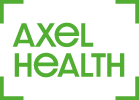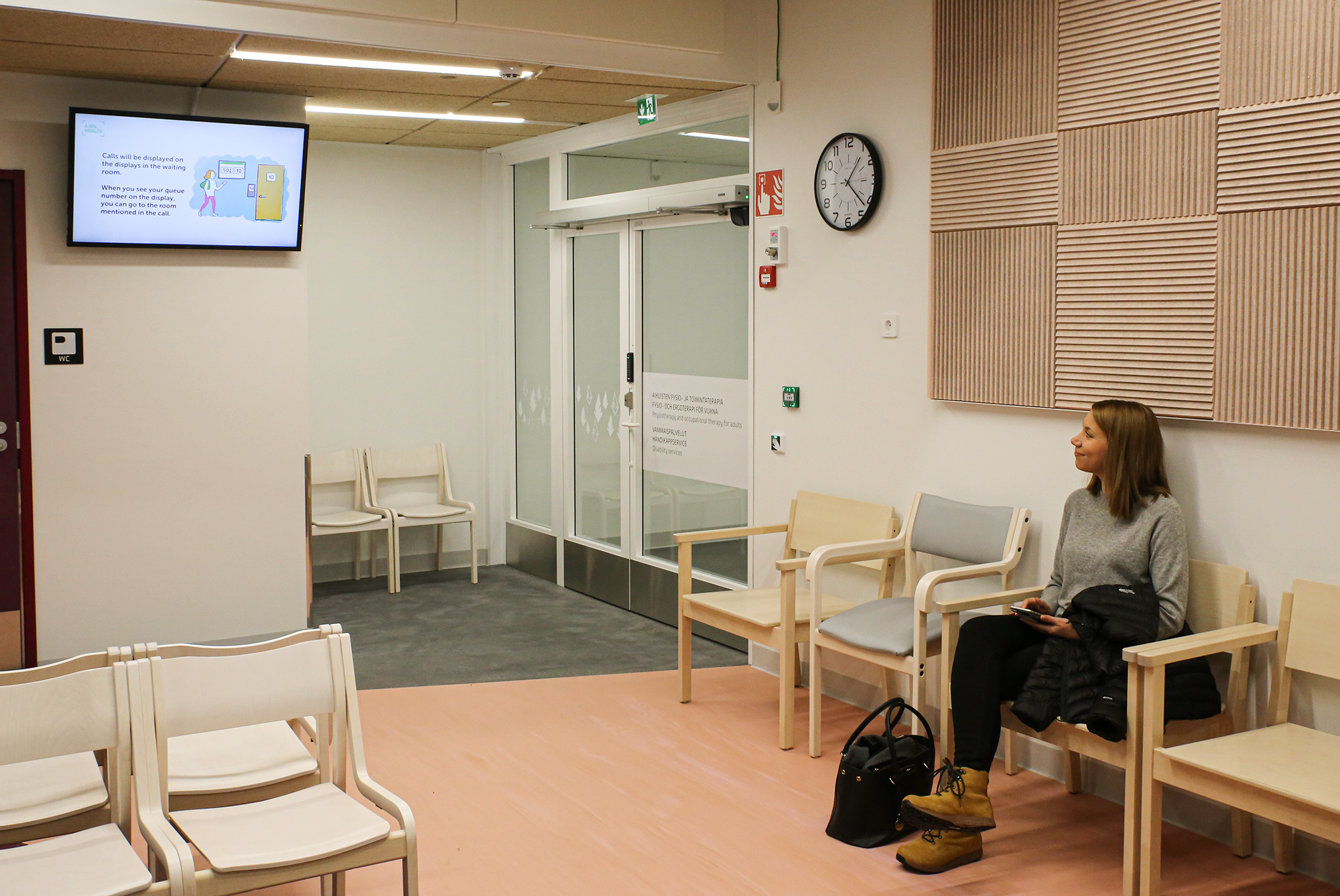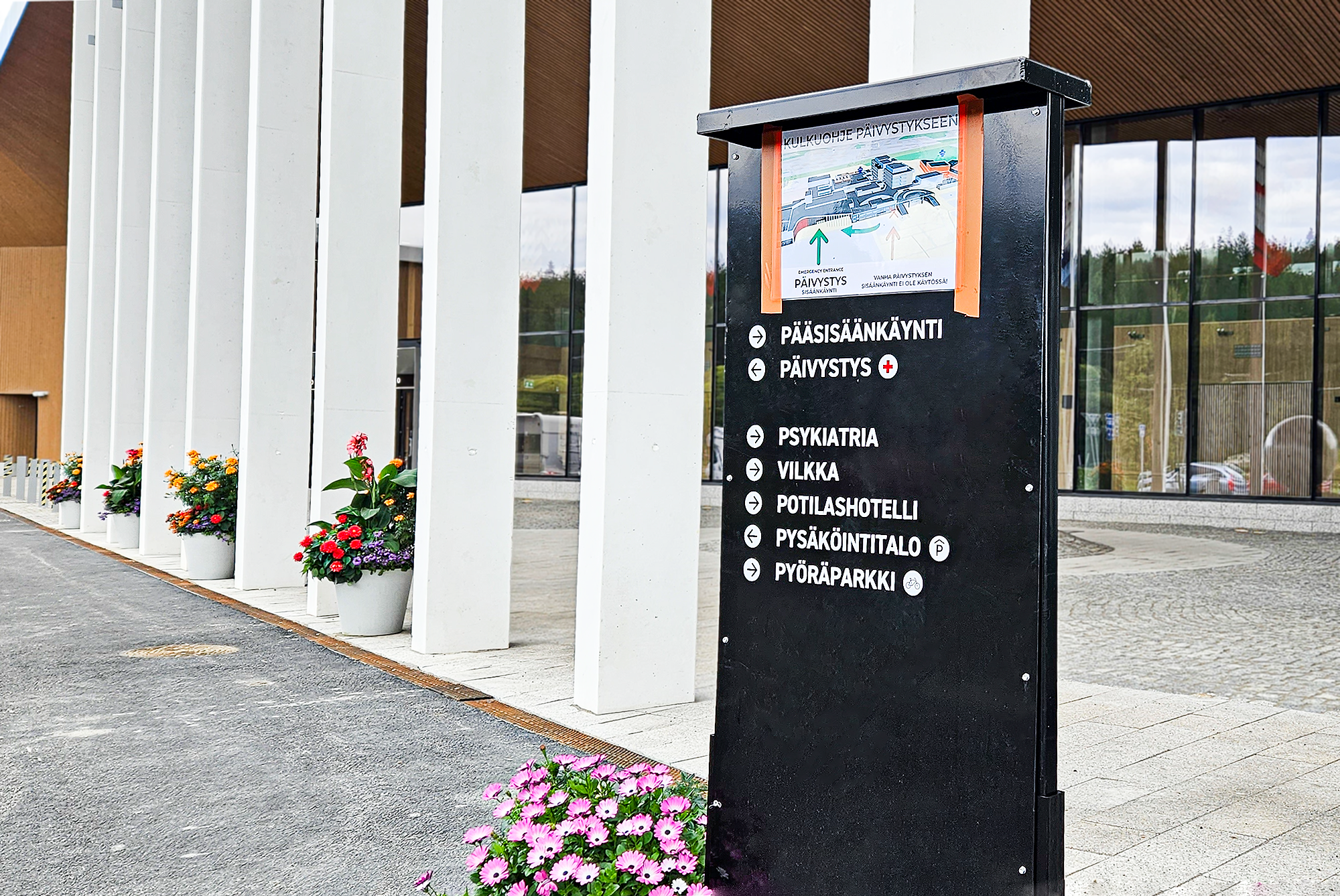In Sweden, the digital transformation of healthcare is gaining momentum, and patient flow management is a common denominator among the regional councils’ priorities. As healthcare organizations modernize their core systems, the tendering process for patient management can seem daunting. We’ve put together this short checklist that simplifies your journey, steering your organization towards a solution that not only boosts operational efficiency but also significantly improves patient experience.
1. Does the solution support multiple backend systems?
Ensure that the solution you're considering supports multiple backend systems, including various EMRs, billing platforms, and appointment schedulers. Interoperability is key in today's healthcare landscape. A unified hub will allow your organization to be more agile, reducing the administrative burden of managing multiple disjointed systems.
2. Is it more than just a self-service arrival registration?
While introducing self-service kiosks for arrival registration is a good start, your patient flow management system should be an entire ecosystem. This ecosystem can include appointment reminders, real-time waiting time updates, and even patient educational content. The aim is to create a seamless, stress-free environment for both patients and healthcare professionals.
3. What additional benefits will it offer?
Go beyond basic operational efficiencies. Your chosen solution should contribute to an improved customer experience, offering user-friendly interfaces and minimal waiting times. It should also provide healthcare providers with real-time insights into clinic flow and resource allocation. Security features to protect patient privacy are another essential checklist item.
4. How well does it incorporate mobile solutions?
While mobile solutions are invaluable, they often cover just a part of the patient flow. Industry experience says that mobile solutions only have the potential to cater to 50% of patient visits. Therefore, your solution should also include physical devices like kiosks and displays to ensure that your total self-service automation can reach above 90%.
5. Does it offer a unified platform?
Examine whether the various devices and applications in the solution are connected as integral nodes within a unified platform. This is crucial because it ensures that the user experience and data flow are harmonized across all touchpoints, whether digital or physical, to allow for real-time decisions and automated optimization. Savings and efficiency improvements are maximized when everything is part of a unified system.
6. Can it harmonize data from multiple EMR systems?
Patient data should be easily accessible but also highly secure, and your patient flow improvement potential should not be limited by the number of EMR systems your operations require. The ideal solution should be able to pull data from multiple EMRs and present it in a single, unified interface. This not only simplifies the workflow for healthcare professionals but also offers a more streamlined experience for patients, from check-in to post-visit follow-up.
7. Is the solution scalable?
The healthcare industry is in a constant state of evolution. As your organization grows and adapts, your patient flow management system should, too. Look for solutions that offer modular functions, both horizontal and vertical, allowing you to add new features as your needs change, without having to start the tendering process all over again.
By checking off these seven points, you'll ensure that you're on the right track in selecting a patient flow management system that meets both current and future needs. For more insights, visit the Axel Health website.




.png)
